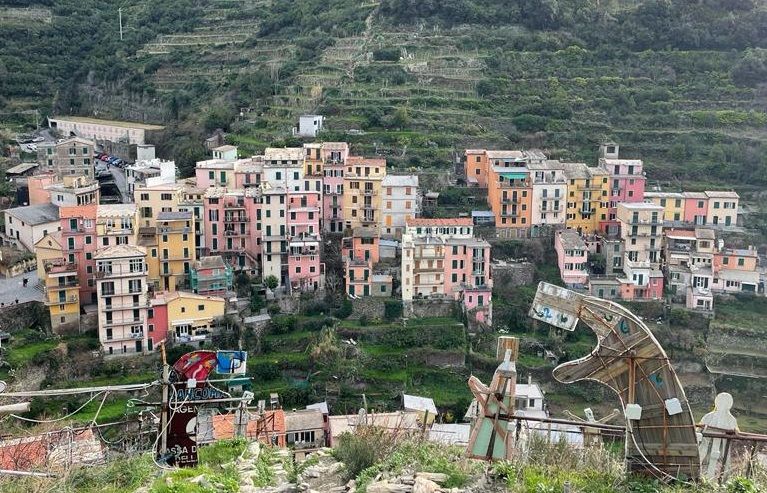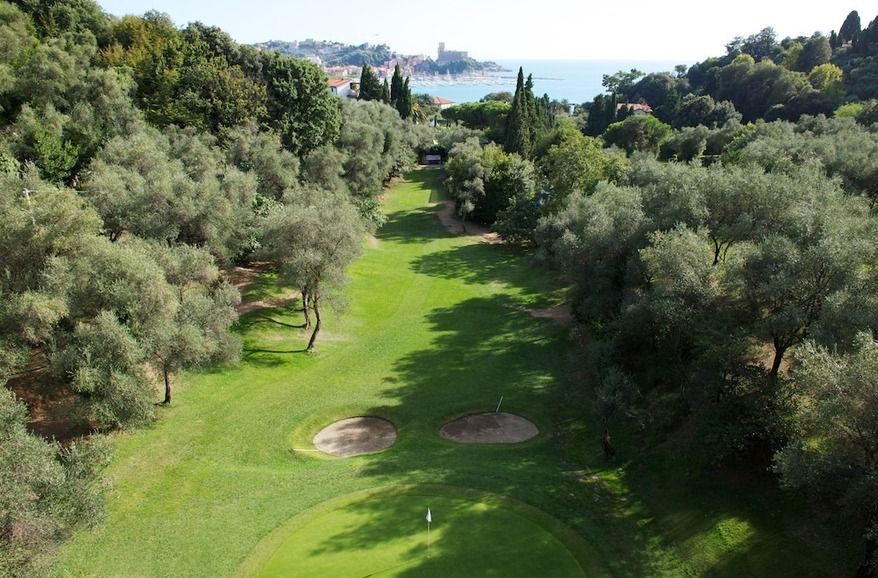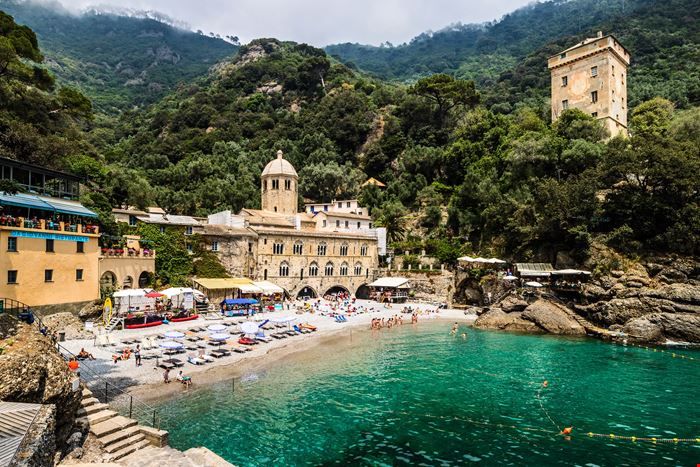The Path of the Celts and Ligurians: Between Lombardy and Liguria
Portofino and the Tigullio
Sacred peaks, wild trails rediscovered between Val d’Aveto, Val Graveglia, and the Bay of Fairy Tales.
There is a trail between Lombardy and Liguria that lets you travel through time. You start in the heart of one of the most modern metropolises, crossing rivers and vast plains, distant epochs buried in centuries past, until you reach the shore of the Ligurian Sea. You’ll journey back to the Middle Ages, pass through the era of the Roman Empire, leap back to the Punic Wars, and even further, to the times of the Ligurians and Celts. Bridges, paths, abbeys. Streams, forests, mountains. And finally, behind a bend, you suddenly discover the sea. This is the Path of the Celts and Ligurians, revived by Emanuele Mazzadi, a hiker and GAE guide, who researched the territory and gathered information from municipalities, associations, and Pro Loco groups. The Path of the Celts and Ligurians begins in the centre of Milan, right at the Duomo, offering a fresh perspective on the Darsena and Navigli. It connects with the Via Francigena and the Via degli Abati near Pavia, crosses the banks of the Ticino, lands of wine and saints, and the castles of Val Tidone. From there, it continues through the lush Val Nure and Val Trebbia, beloved by hikers and cyclists. Here’s what awaits you after nine stages, as the Path of the Celts and Ligurians finally enters Liguria:
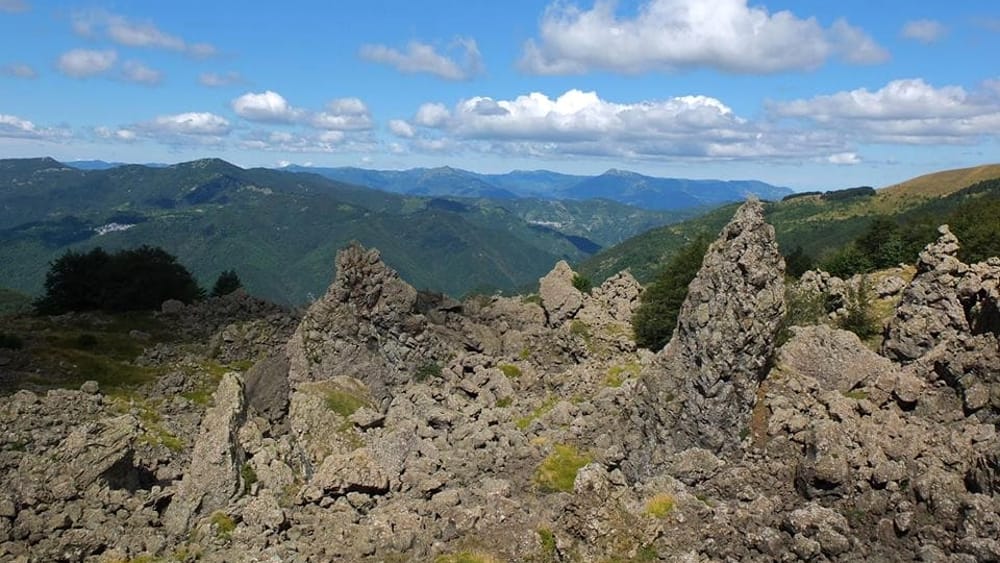
Val d’Aveto, Arriving in Liguria
As you proceed along the southern ridge of the Nure valleys, the Celtic and Ligurian Trail enters Liguria and meets the Val d’Aveto, a land of rocky peaks and foothill villages, both wild and welcoming. Take the Tribolata Valley, for instance, the name says it all: a rugged gorge, a true miniature Grand Canyon. Thankfully, your first overnight stop in Liguria is Santo Stefano d’Aveto, an ancient village that knows how to pamper its visitors.
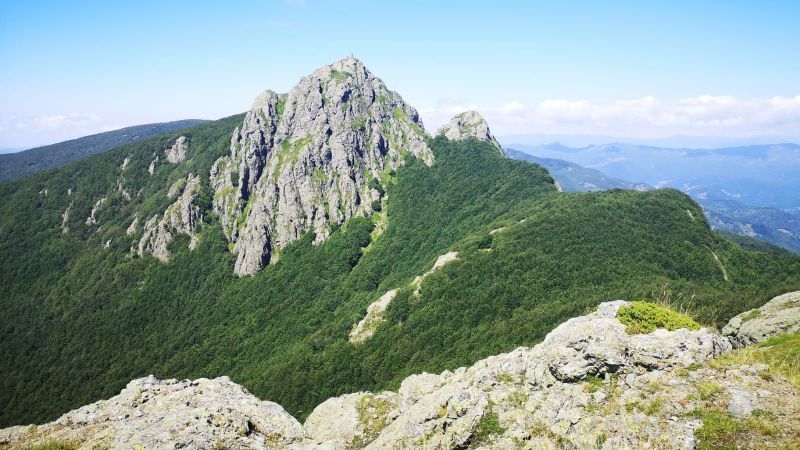
Monte Penna: At the Court of the God Penn
Caution: this leg of the journey brings you face-to-face with a god, Penn, the God of the Mountain. He is made of rock, forest, and ascent. The only way to approach him is on foot, climbing his slopes in silence. Slowly, Penn will become your ally, offering his protection. Once you reach Monte Penna, the most significant peak in the Aveto Regional Park, dedicated to him, you’ll stand upon his grand altar. The Ligurian Celts did not build temples or sanctuaries for their deities; they felt their presence directly in nature. It is said that the name "Appennino" derives from Monte Penna, whose name likely means "height" or "mountain."
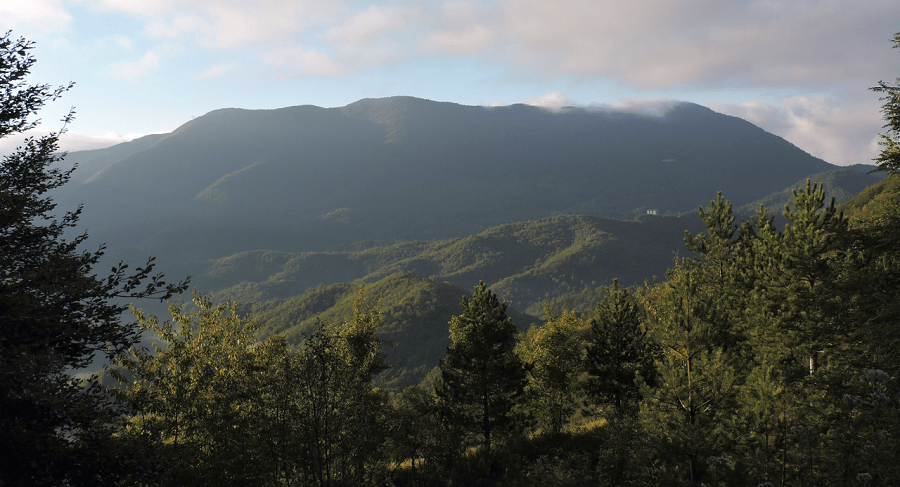
Monte Zatta and Val Graveglia
Before reaching the sea, one final ascent awaits: Monte Zatta. But this climb is gentler, passing through a magnificent beech forest. From the summit, if Penn permits, the fog will part to reveal the sea. The surprises continue, though: the Val Graveglia awaits, brimming with hidden treasures, karst landscapes, granite formations, jasper quarries, and manganese mines.
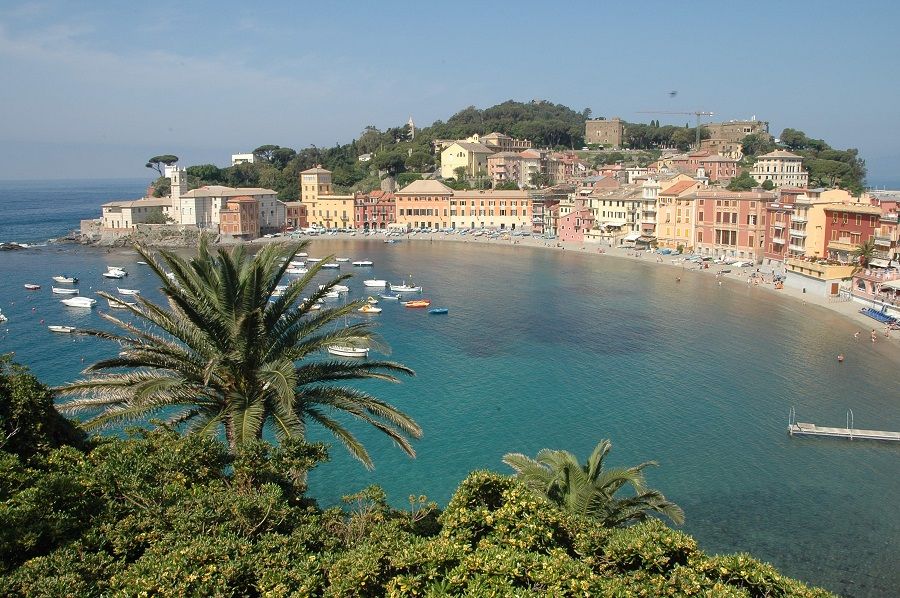
Sestri Levante: A Fairytale Ending
The final day of the trek holds a grand reward: the sea! The Apennine vegetation gradually gives way to Mediterranean scrub, and the sea becomes increasingly apparent, hinted at by its light on the horizon. What a thrill when you finally arrive, bypassing paved roads and traffic, directly onto the seafront of Sestri Levante. Slip off your boots, walk barefoot on the sand, take a swim, your journey is complete!




